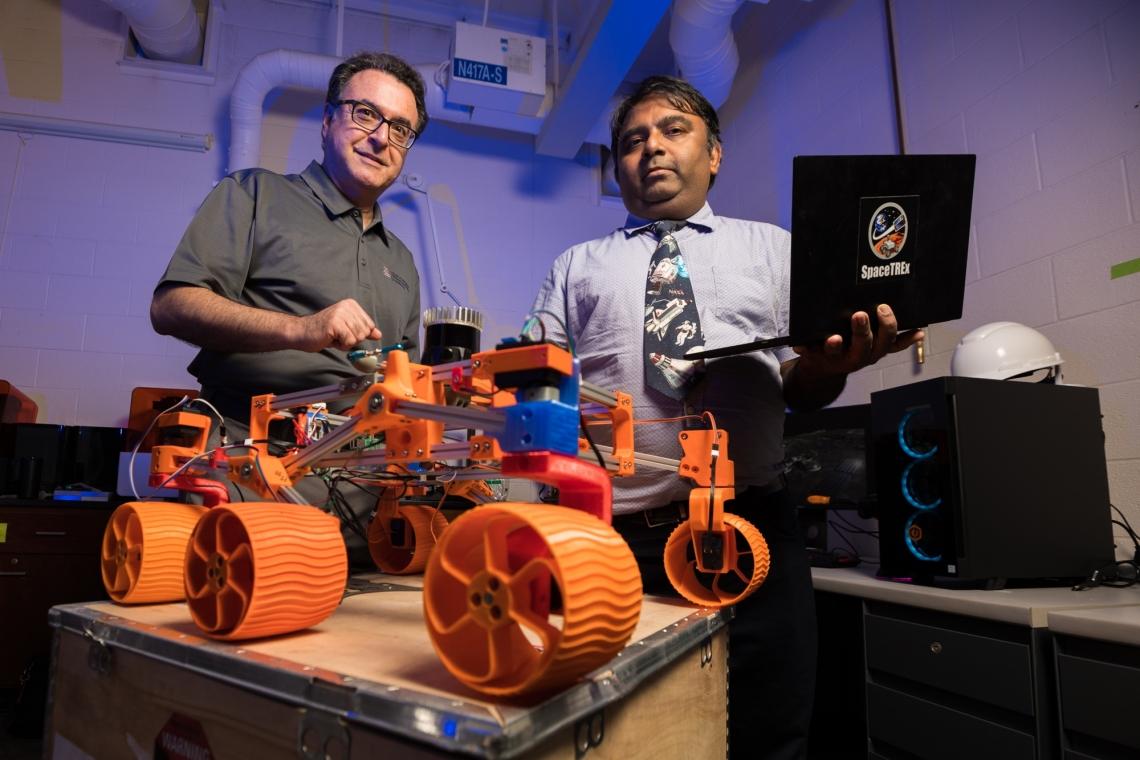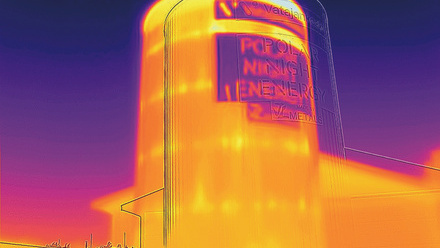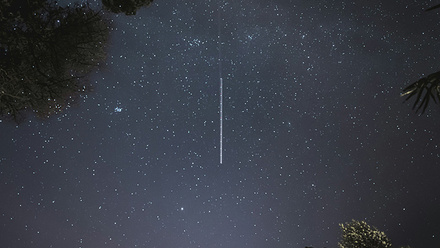Researchers enlist robot swarms to mine lunar resources
Aerospace and mining engineers are mapping out a plan for harvesting the moon's resources using autonomous robot swarms and new excavation techniques.

With scientists beginning to more seriously consider constructing bases on celestial bodies such as the moon, the idea of space mining is growing in popularity.
After all, if someone from Los Angeles was moving to New York to build a house, it would be a lot easier to buy the building materials in New York rather than buy them in Los Angeles and lug them 4,500km. Considering the distance between Earth and the moon is about 85 times greater, and that getting there requires defying gravity, using the moon's existing resources is an appealing idea.
A University of Arizona team, has received US$500,000 in NASA funding for a new project to advance space-mining methods that use swarms of autonomous robots.
‘It's really exciting to be at the forefront of a new field,’ says Moe Momayez, from the University.
‘I remember watching TV shows as a kid, like Space: 1999, which is all about bases on the moon. Here we are in 2021, and we're talking about colonising the moon.’
According to the Giant Impact Hypothesis, Earth and the moon came from a common parent body, so scientists expect their chemical compositions to be relatively similar.
Mining on the moon's surface could turn up rare earth metals needed for technologies such as smartphones and medical equipment, titanium for use in titanium alloys, precious metals such as gold and platinum, and helium-3 – a stable helium isotope that could fuel nuclear power plants but is extremely rare on Earth.
To mine for ore embedded in rock on Earth, miners need to drill through the rock.
Momayez developed an electrochemical process to drill through rock five times faster than any other method. But lunar mining presents a new challenge.
‘Here on Earth, we have an unlimited amount of energy to throw at breaking rocks,’ he says. ‘On the moon, you have to be a lot more conservative.
‘For example, to break rocks, we use a lot of water, and that's something we won't have on the moon. So, we need new processes, new techniques.
'The most efficient way to break rocks on Earth is through blasting, and nobody has ever set off a blast on the moon.’







